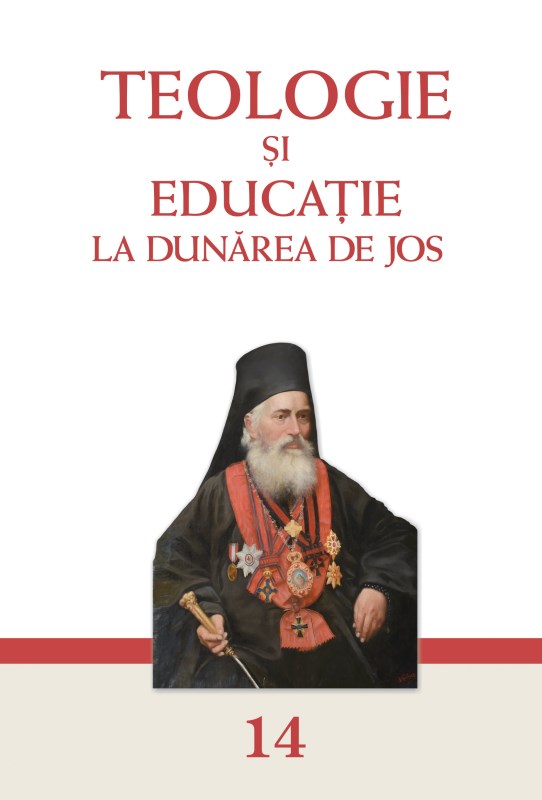Ierarhi și teologi de seamă la Tomis în primul mileniu creștin
Hierarchs and theologians at Tomis in the first Christian millennium
Author(s): Nicuşor TucăSubject(s): Christian Theology and Religion, Theology and Religion
Published by: EDITURA ARHIEPISCOPIEI DUNĂRII DE JOS
Keywords: Scythia Minor; hierarchy, bishop; Ecumenical Councils; Tomis;
Summary/Abstract: Scythia Minor (Dobruja) has always been an area of great interest for many historians, archaeologists and theologians who have studied the evolution of Christianity in this territory, significantly contributing to its history. Most archaeological discoveries of the former provinces Scythia Minor and Dacia prove the fact that Christianity reached these territories since the first centuries of our era. It is already a proven fact that the land of Scythia Minor has been inhabited by a large number of Christians even since the first centuries, and areal Church life has developed here. This was also due to the Edict of Milan, of 313, through which the Christians were allowed to freely express their faith. The Holy Apostle Andrew preached Christianity in Scythia Minorbut also in the neighbouring regions, in north and west, as well.This is proved by many archaeological discoveries. It is in he capital of this land – Tomis – that the first bishops of this area ran their activity,establishing here a Metropolitan Bishopric that enjoyed a real independence (αυτοκέφαλη αρχιεπισκοπων), certainly acquired through its role of protector of the true faith.The Bishopric of Tomis, the oldest ecclesiastic institution in Romania, played a significant role in the early Christian Church. Some of these bishops of Tomis took part in ecumenical councils and defended the Orthodoxy on the occasion of their participation in the 1 st , 2 nd , 3 rd and 4 th EcumenicalCouncils. They also had agreat role in the receiving of the dogmatic resolutions of these Ecumenical Councils by the Christians whom they ministered. They preached and defended the Orthodoxy even through martyrdom, as it happened in the case of Evangelicus, Ephremus and Titus, being real examples of faith and theological knowledge. In the present study, we shall present, on the one hand, the bishops of Tomis who had connections with the Christian East and West,through their participation in the Ecumenical Councils, and,on the other hand, some theologians of great value of these lands, thanks to whom the Church succeeded in remaining unharmed by the troubled times and by the numerous heresies. We also need to mention the fact that some bishops of Tomis were erudite people, appreciated by their contemporaries, as it happened with Teotim, also called the Philosopher, and with bishop Ioan (John). Beside them, some famous theologians, like Saint Ioan (John) Cassian, Dionysius Exiguus and the “Scythian monks“, stand out. The archaeological documents, particularly the inscriptions and the high number of martyrs of Christ from all of Scythia Minor, prove the fact that in Scythia Minor none of the heresies of that time grew roots. A sure contribution to the receiving of the dogmatic resolutions of the Ecumenical Councils in the Church of Scythia Minor and the propagation of these resolutions among the clergy and the Christians was, on the one hand, that of the Christian divine service and,on the other hand, that of the bishops who participated in these councils or who had close connections with the Fathers and theologians of the Christian East or West. All of them, thanks to their accurate theology were real examples for the primary Christianity world wide and for this reason the Church has decided to proclaim them among the saints.
Journal: TEOLOGIE ȘI EDUCAȚIE LA DUNĂREA DE JOS
- Issue Year: XIV/2015
- Issue No: 14
- Page Range: 295-307
- Page Count: 13
- Language: Romanian

